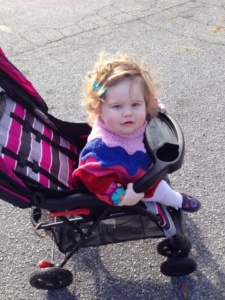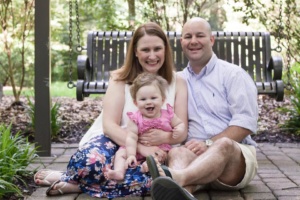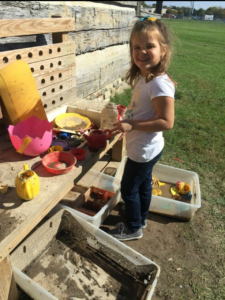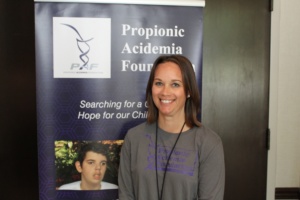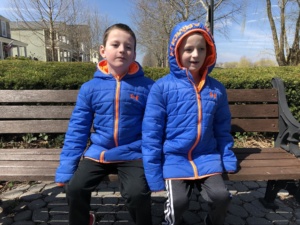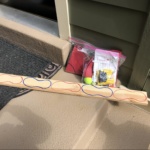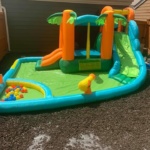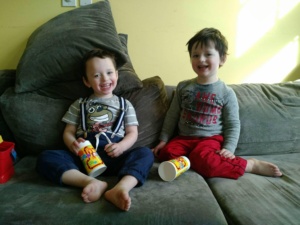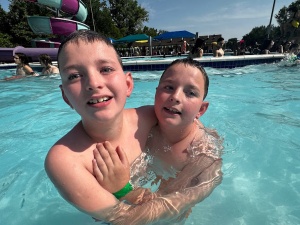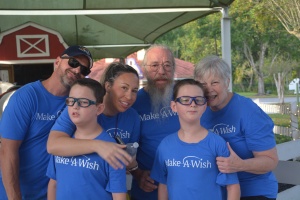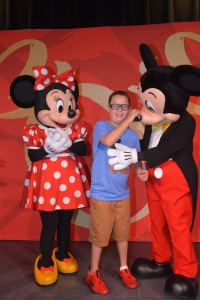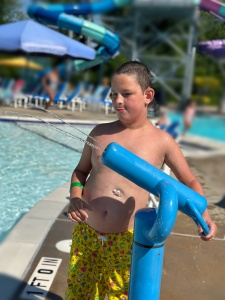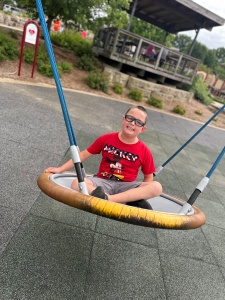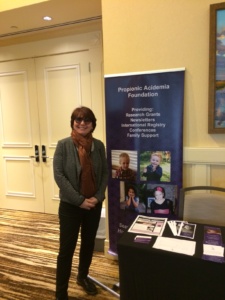 PAF asiste,,en,PAF asiste,,en 16TH Abbott Nutrition Metabolic Conference
PAF asiste,,en,PAF asiste,,en 16TH Abbott Nutrition Metabolic Conference
Los avances en la gestión de los trastornos metabólicos hereditarios,,en,Por Marisa Cotrina,,co,miembro de la junta PAF,,en,Resumen,,en,Abbott Nutrition invitó Fundación acidemia propiónica,,en,para asistir a la conferencia anual de la nutrición metabólica en marzo pasado en la Isla de las Palmas,,en,Carolina del Sur,,en,Esta conferencia reúne a los dietistas de todo el país y Canadá para discutir los avances y los retos en el tratamiento de trastornos metabólicos hereditarios,,en
March 23-25, 2017
By Marisa Cotrina, PAF board member
Summary
Abbott Nutrition invited Propionic Acidemia Foundation (PAF) to attend the annual nutrition metabolic conference this past March in the Isle of Palms, South Carolina. This conference brings together dietitians from around the country and Canada to discuss the advances and the challenges in the treatment of inherited metabolic disorders.
Tuve el honor de asistir a la conferencia en nombre del PAF y estaba muy impresionado por lo bien organizada la comunidad es dietista y la diversidad de iniciativas que están persiguiendo constantemente para mejorar la comunicación para una mejor gestión de la dieta del IMD,,en,las conversaciones y discusiones que tuvieron lugar en la conferencia también evidenciaron la necesidad de más uniforme y las pautas de tratamiento universales,,en,Dos conversaciones eran de particular interés para la acidemia propiónica,,en,pacientes,,en. Sin embargo, the talks and discussions that took place at the conference also evidenced the need for more uniform and universal treatment guidelines. Two talks were of particular interest for propionic acidemia (Pensilvania) patients. Dietista Elaina Jurecki presentó las nuevas directrices nutricionales basadas en la evidencia que se acaban de finalizarse para la comunidad PA,,en,una iniciativa que comenzó hace varios años en colaboración con algunos de los mejores dietistas en el país y que es finalmente paneo a cabo en esta serie de directrices que,,en,hará que la gestión de PA más uniforme y eficaz en el EE.UU.,,en,Para aquellos dietistas nuevos a PA,,en,Loren Pena presenta en un estilo muy clara y concisa las bases metabólicas para la comprensión y el tratamiento de PA,,en; an initiative that started several years ago in collaboration with some of the best dietitians in the country and that is finally panning out in these series of guidelines that, Ojalá, will make management of PA more uniform and effective in the USA.
For those dietitians new to PA, Dr. Loren Pena presented in a very clear and concise style the metabolic bases for understanding and treating PA. Yo estaba muy agradecido de ver cómo el Dr.,,en,Pena amablemente abogó por la comunidad PA y puso de relieve el papel de PAF y las organizaciones de pacientes hora de apoyar nuevas iniciativas de investigación para avanzar en terapias PA,,en,A este respecto,,en,Espero que la excelente charla del Dr.,,en,Melanie Gilinghan sobre cómo iniciarse en la investigación clínica provocó nuevas ideas y el interés por el público para mejorar la gestión y el tratamiento metabólico a través de ensayos clínicos dirigidas al paciente,,en,Entre las conversaciones de otros trastornos,,en. Pena kindly advocated for the PA community and highlighted the role PAF and the patient organizations play in supporting new research initiatives to advance PA therapies. In this regard, I hope the excellent talk from Dr. Melanie Gilinghan on how to get started in clinical research sparked new ideas and interest in the audience to improve metabolic management and treatment through patient-directed clinical trials.
Among the talks for other disorders, fue muy educativo para escuchar al panel de pacientes adultos con PKU,,en,y la necesidad de estrategias de nutrición y asesoramiento psicológico para adultos con trastornos metabólicos,,en,cómo hacer frente a la vida en la universidad,,en,tener hijos,,en,se trata de la niebla del cerebro cuando la dieta no se ajusta,,en,la comunicación efectiva con su pareja y sus colegas cuando se siente enfermo ... También en el ámbito de los pacientes adultos,,en,Kiaer,,lt,de Dinamarca,,en,describe su viaje en el tratamiento de adultos con PKU diagnósticos tardíos y discutido cómo,,en, and the need for nutrition and psychological counseling strategies for adults with metabolic disorders: how to deal with life in college, having children, dealing with brain fog when diet is not adjusted, communicating effectively with your partner and colleagues when feeling sick… Also in the arena of adult patients, Dr. Kiaer, from Denmark, described her journey on treating PKU adults with late diagnoses and discussed how, incluso en el caso de los adultos con daño cerebral sustancial,,en,todavía hay oportunidad para un tratamiento para mejorar hasta cierto grado la función cerebral y,,en,más importante,,en,calidad de vida,,en,El tema de trasplante de hígado y de lo efectivo que puede estar en marcha atrás y / o la prevención de daño metabólico fue discutido en el contexto de MSUD con dietista Melanie Reeves,,en, there is still opportunity for treatment to improve to some degree brain function and, more importantly, quality of life.
The topic of liver transplantation and how effective it may be in reversing and/or preventing metabolic damage was discussed in the context of MSUD with dietitian Melanie Reeves. Estaba claro desde esta charla la urgencia de publicar más datos sobre el trasplante de hígado a partir de todas las unidades de trasplante en el país para que los pacientes y los médicos pueden tomar una decisión más educada sobre los riesgos y beneficios de este enfoque para la gestión a largo plazo de metabólica trastornos,,en,También tuve la oportunidad de aprender sobre las nuevas innovaciones en el tratamiento de trastornos metabólicos,,en,Telemedicina en el mundo en desarrollo con el Dr.,,en,Hans Andersson,,sv,la aplicación dieta metabólica con nutricionista Alette Giezen,,en.
I also had the opportunity to learn about new innovations in the treatment of metabolic disorders: Telemedicine in the developing world with Dr. Hans Andersson, the metabolic diet app with nutritionist Alette Giezen, y errores innatos en la era genómica con el Dr.,,en,Neil Lamb,,en,una excelente,,en,hablar sobre lo que es la genómica,,en,y cómo podemos aplicarlo para diagnosticar y comprender los errores innatos del metabolismo mejor,,en,Último,,en,Mark Korson un ejercicio moderado con CHOP equipo y el equipo de Oregon para discutir dos temas cruciales en nuestra comunidad,,en,pueden ser gestionados trastornos metabólicos sin fórmulas médicas,,en,cuando es cuesta eficaz y éticamente apropiado incluir trastornos metabólicos en NBS,,en. Neil Lamb, an excellent 101 talk on what genomics is, and how we can apply it to diagnose and better understand inborn errors of metabolism.
Last, Dr. Mark Korson moderated an exercise with team ChoP and team Oregon to discuss two crucial topics in our community: 1) can metabolic disorders be managed without medical formulas?, y 2) when is it cost effective and ethically appropriate to include metabolic disorders in NBS? A pesar de que las discusiones no eran necesariamente los puntos de vista profesionales de los presentadores,,en,los argumentos utilizados se basan en los casos de la vida real,,en,Excelentes presentaciones de ambos equipos y discusión fantástica,,en,Los dietistas son una línea de defensa crítica en el tratamiento crónico de la PA,,en,y tenemos que escuchar y trabajar con ellos tanto como con nuestros médicos,,en,una gran oportunidad de aprendizaje para PAF,,en,PAF asiste a la 16 Conferencia metabólico Nutrición Abbott,,en,TH,,en,Abbott Conferencia metabólico Nutrición,,en, the arguments utilized were all based in real life cases. Excellent presentations from both teams and fantastic discussion.
Dietitians are a critical line of defense in the chronic management of PA, and we need to listen and work with them as much as with our medical doctors. En general, a great learning opportunity for PAF
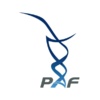
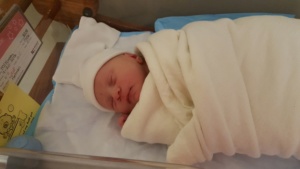
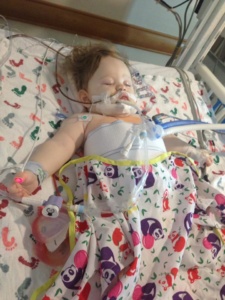 were very fortunate that our first call was “the call” that gave Annabelle her new liver. She went back for surgery around 10:30pm that night and they finished her surgery around 9am that next morning. After surgery Annabelle spent about one week in the PICU. After that week the transplant team moved herto the transplant recovery unit where she stayed until she was discharged. Around two weeks post-transplant Annabelle did encounter a small episode of rejection. Even though “rejection” sounds scary it is very common early on in transplant, and mild cases like Annabelle’s are generally treated with some high-powered IV steroids for a few days. Annabelle was discharged on August 30th and only spent a total of 21 days in the hospital. The transplant/genetics teams in Pittsburgh told us to prepare for complications (as is common with Organic Acidemia patients), but overall Annabelle had very few complications from her transplant surgery for which we are thankful.
were very fortunate that our first call was “the call” that gave Annabelle her new liver. She went back for surgery around 10:30pm that night and they finished her surgery around 9am that next morning. After surgery Annabelle spent about one week in the PICU. After that week the transplant team moved herto the transplant recovery unit where she stayed until she was discharged. Around two weeks post-transplant Annabelle did encounter a small episode of rejection. Even though “rejection” sounds scary it is very common early on in transplant, and mild cases like Annabelle’s are generally treated with some high-powered IV steroids for a few days. Annabelle was discharged on August 30th and only spent a total of 21 days in the hospital. The transplant/genetics teams in Pittsburgh told us to prepare for complications (as is common with Organic Acidemia patients), but overall Annabelle had very few complications from her transplant surgery for which we are thankful.